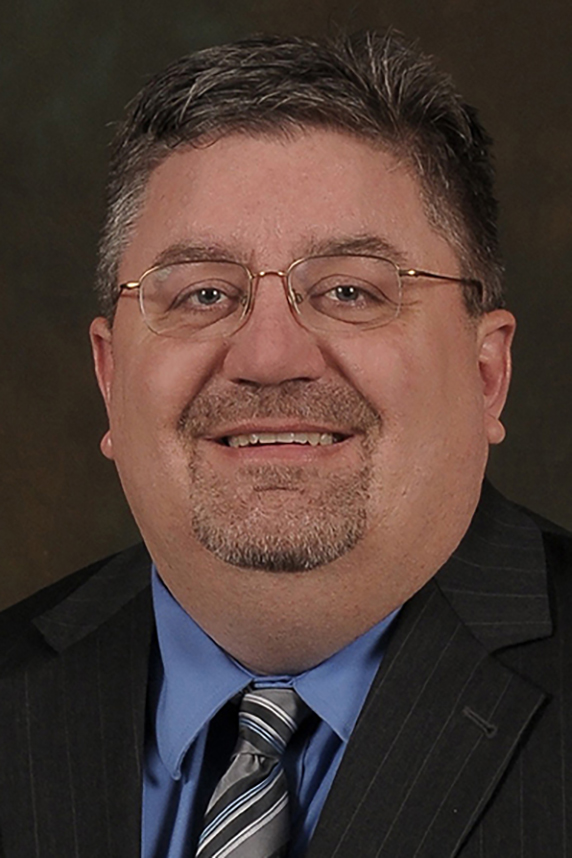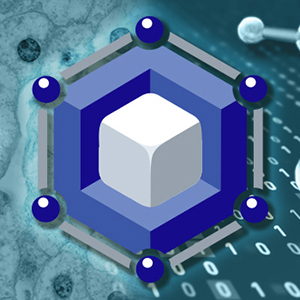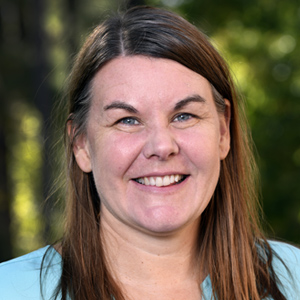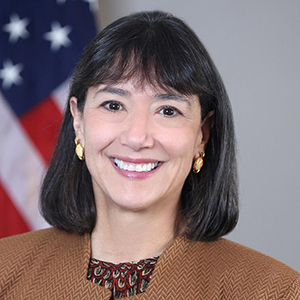Federal agencies and their stakeholders discussed both regulatory and research initiatives to reduce animal use in chemical safety testing at the May 26-27 public forum held by the Interagency Coordinating Committee on the Validation of Alternative Methods (ICCVAM).
 Nicole Kleinstreuer, Ph.D., is acting director of the National Toxicology Program Interagency Center for the Evaluation of Alternative Toxicological Methods, which organizes the annual public forum. (Photo courtesy of Steve McCaw / NIEHS)
Nicole Kleinstreuer, Ph.D., is acting director of the National Toxicology Program Interagency Center for the Evaluation of Alternative Toxicological Methods, which organizes the annual public forum. (Photo courtesy of Steve McCaw / NIEHS)
The committee is comprised of federal agencies such as NIEHS, the U.S. Environmental Protection Agency, and the U.S. Food and Drug Administration (FDA). Stakeholders include industry, academia, and animal welfare groups.
The public forum has been held annually since 2014. This year, for the first time, the meeting was scheduled for two days to cover the large number of activities ongoing within member agencies. The program featured 15 presentations from eight of the 17 ICCVAM member agencies, as well as updates on ICCVAM committee and international activities.
Broad interest and stakeholder engagement
The online meeting generated broad public interest, with more than 100 individuals viewing each day of the meeting. Five representatives from ICCVAM stakeholder groups presented oral statements at the meeting.
Statements encouraged ICCVAM agencies to look beyond obvious regulatory contexts to reduce animal use. While praising agency efforts to reduce requirements for animal testing and expand acceptance of nonanimal tests, commenters emphasized the need for agencies to clearly communicate what nonanimal tests would be accepted. They also stated the need to develop approaches to validating new tests that do not require comparison to animal data, and to eliminate animal use for production of antibodies and other reagents.
Elizabeth Baker’s remarks on behalf of the Physicians Committee for Responsible Medicine addressed potential benefits of using human cell-based systems for predicting potential toxicity of new drugs. “There are great reasons to do this work that center on human health and scientific innovation,” she said. “It’s not just about saving animals, although that is very important too.”
 Gordon is principal agency representative to ICCVAM from the CPSC. He was recently elected to lead ICCVAM along with co-chair Anna Lowit, Ph.D., of the U.S. Environmental Protection Agency. (Photo courtesy of John Gordon)
Gordon is principal agency representative to ICCVAM from the CPSC. He was recently elected to lead ICCVAM along with co-chair Anna Lowit, Ph.D., of the U.S. Environmental Protection Agency. (Photo courtesy of John Gordon)NIEHS scientist Nicole Kleinstreuer, Ph.D., who moderated the public statements session, thanked the stakeholders for their constructive comments. “Getting feedback from our public stakeholders is one of the most important aspects of not only this meeting but also our broader commitment to supporting public health and environmental protection with alternatives to animal testing and human-based science,” she noted.
Agencies provide guidance and resources
Many of the first day’s presentations focused on regulatory agency initiatives to reduce animal use requirements. John Gordon, Ph.D., described new guidance from the U.S. Consumer Product Safety Commission (CPSC) on alternatives to animal use to address requirements of the Federal Hazardous Substances Act.
Gordon’s presentation generated several questions, including one about whether and how CPSC would measure use of nonanimal methods. “We will be establishing metrics so we can keep track of what methods are being used and how often. We definitely want to track that,” he responded.
 NIEHS scientist Brandy Beverly, Ph.D., described the activities of the Cardiovascular Health Effects Innovation Program within the NIEHS Division of the National Toxicology Program. (Photo courtesy of Steve McCaw / NIEHS)
NIEHS scientist Brandy Beverly, Ph.D., described the activities of the Cardiovascular Health Effects Innovation Program within the NIEHS Division of the National Toxicology Program. (Photo courtesy of Steve McCaw / NIEHS)A number of questions and comments also followed a presentation by David Strauss, Ph.D., of the FDA Center for Drug Evaluation and Research. One viewer asked whether an FDA initiative to promote use of alternatives to animal testing would emphasize use of human-based data to evaluate new methods. Strauss supported that approach, saying, “If we’re talking about medical products for humans, and predicting risk and effectiveness in humans, then yes, leveraging human data is the way to go.”
Variety of research approaches
Presentations describing research activities illustrated the diversity of approaches being used to replace animal testing. Tyler Goralski, Ph.D., described U.S. Army studies on using organ chips to predict toxicity to lung, liver, and kidney. A different approach to predicting toxicity was highlighted by Jueichuan Chang, Ph.D., who described how the FDA Center for Tobacco Products is using computational approaches to predict how ingredients in electronic cigarettes might cause DNA damage.
Slides and video from the meeting will be available on the National Toxicology Program website.
(Catherine Sprankle is a communications specialist for Inotiv, the contractor supporting NICEATM.)









